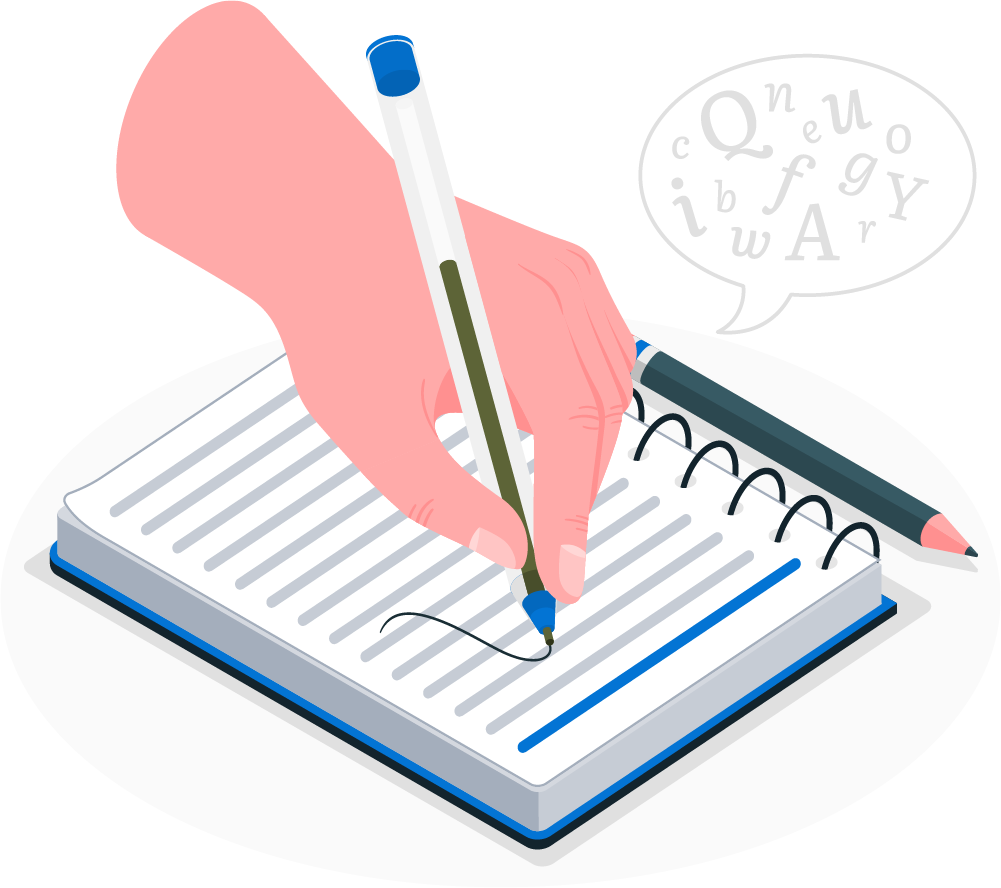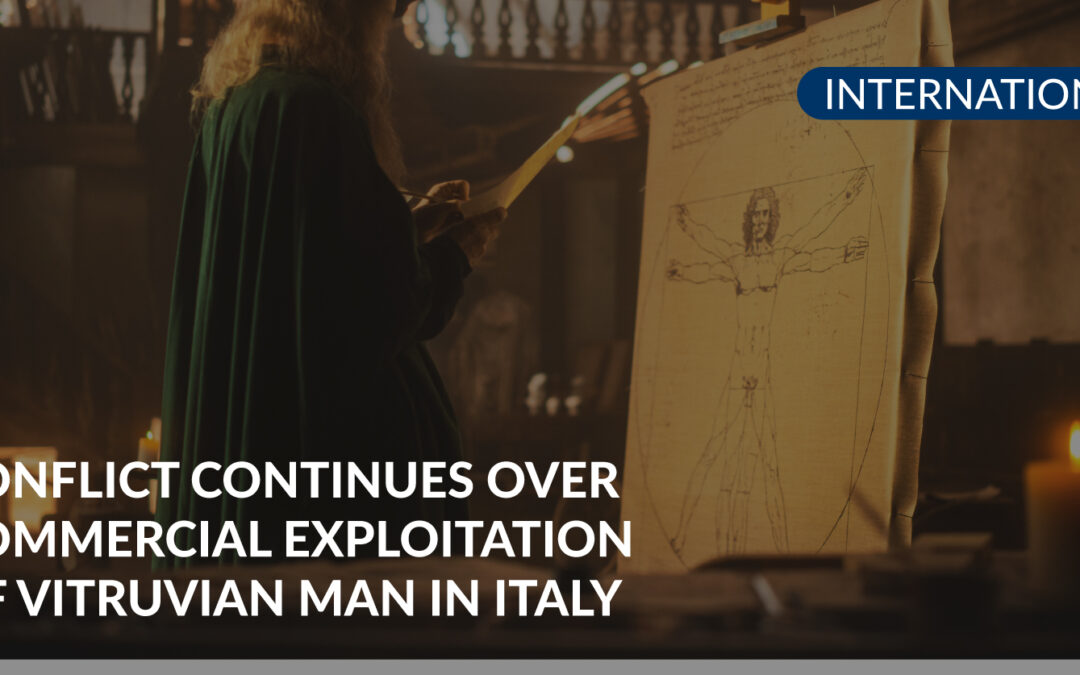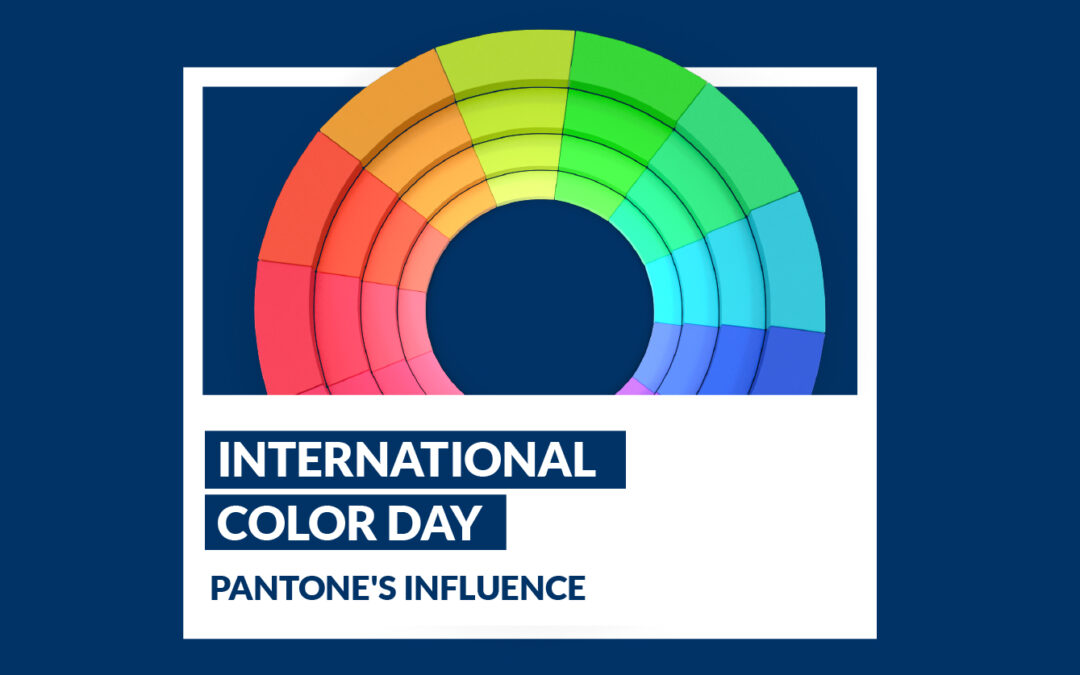
In the Elizabethan time, plagiarism in theater and in literature wasn’t viewed as it is today.
This creative reuse of stories and characters was very common, showing a different perspective on intellectual property from how it works today.
Shakespeare’s works continue to inspire filmmakers, directors, and writers, however, all his works are in the public domain due to the time that has passed since his death.
The new adaptations like Kenneth Branagh’s “Much Ado About Nothing” and Baz Luhrmann’s “Romeo + Juliet” present new interpretations that are now also protected by copyright.
In these adaptations, elements such as scripts, direction, and performances are original works protected by copyright laws.








